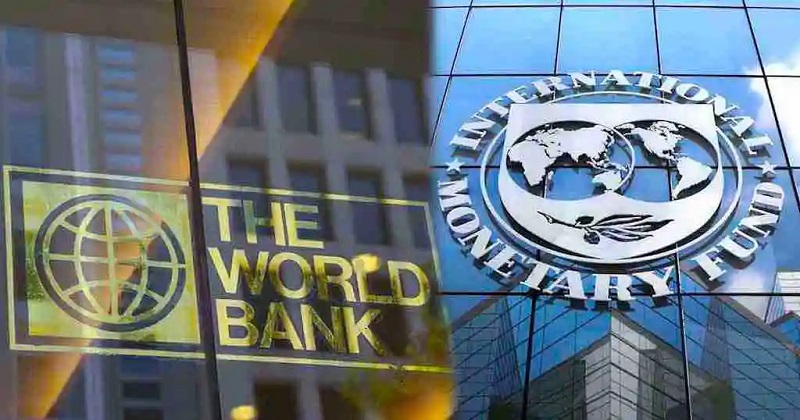
Plans are underway by the Federal Government to reduce the foreign debt exposures by about seven basis points as part of a new debt financing strategy.
The new Medium-Term Debt Management Strategy (MTDS) for 2024–2027 is expected to reduce foreign exchange (forex) debt exposure from the current 51.75 per cent to 45 per cent of the total debt portfolio.
The policy framework, which is being coordinated by the Debt Management Office (DMO), has been approved by the Federal Executive Council (FEC).
The strategy was developed with technical support from the World Bank and the International Monetary Fund (IMF). It also has the inputs of key stakeholders, including the Ministry of Finance and the Central Bank of Nigeria (CBN).
The MTDS, which is widely recognised as a global best practice for managing public debt, aims at ensuring debt sustainability, improving fiscal stability, and deepening the domestic securities market.
The DMO explained in a statement at the weekend that the policy framework would balance the government’s financing needs with debt sustainability considerations, while minimising costs and risks associated with borrowing.
DMO stated: “The key objectives of the MTDS are to meet the government’s financing needs and payment obligations in the short to medium term, taking into consideration the costs and risks trade-offs in the debt portfolio; to achieve optimum composition of the public debt portfolio that ensures debt sustainability; and to further deepen the domestic securities market through the introduction of new products.”
Many debt sustainability benchmarks across key fiscal and risk indicators were set.
Debt-to-GDP was projected to rise from 52.25 per cent at the end of 2024 to 60 per cent by 2027, while interest payments-to-GDP were capped at a maximum of 4.5 per cent as against 3.75 per cent in 2024.
Sovereign guarantees-to-GDP is not expected to exceed five per cent from the current 2.09 per cent
Also, the domestic-to-external debt mix was adjusted from the current 48:52 ratio to 55:45 to reduce foreign exchange risk exposure.
Refinancing risk would be contained with a maximum of 15 per cent of debt maturing within a year, with debt maturing as a share of GDP pegged at five per cent.
Average maturity time for debt portfolio was set at a minimum of 10 years to ensure longer repayment cycles.


